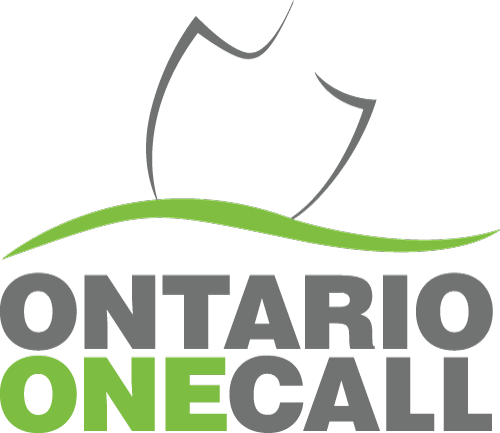Take One Of Our Available Courses
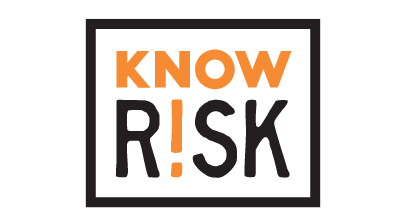
KnowR!sk offers flexible, scenario-based micro-learning modules that promote safety, strengthen compliance, and improve locate request performance, delivered through short, practical lessons designed for real-world applications.
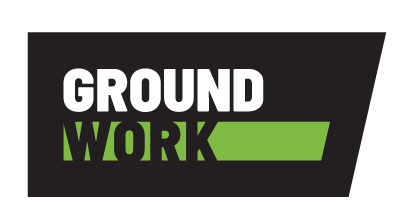
GroundWork is a focused training program designed for those who manage locates and construction projects. It delivers step-by-step instructions on submitting precise and efficient locate requests, helping to reduce project delays, errors, and compliance issues through short, practical 15-minute lessons.
Learn More By Watching The How To Videos
For Homeowners
For Infrastructure Owners
For Contractors
Partner Training
Lorem ipsum
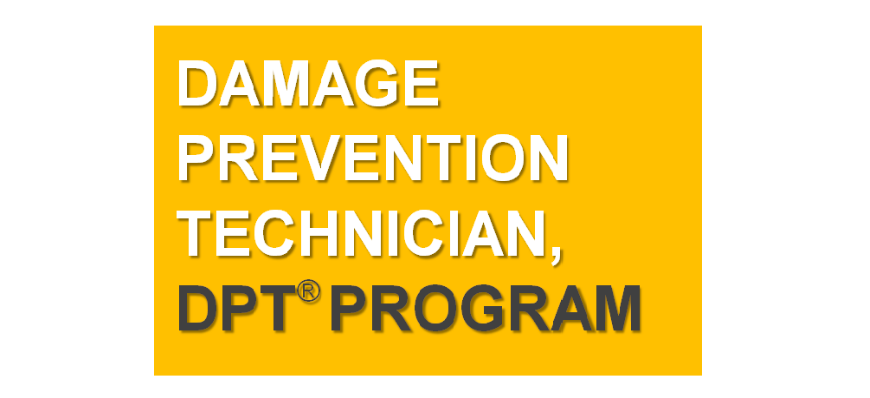
Damage Prevention Technician
Lorem ipsum
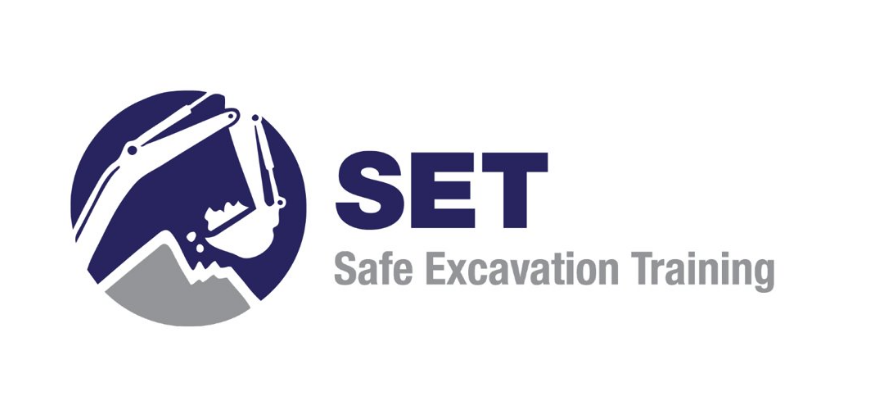
Safe Excavation Training
Lorem ipsum
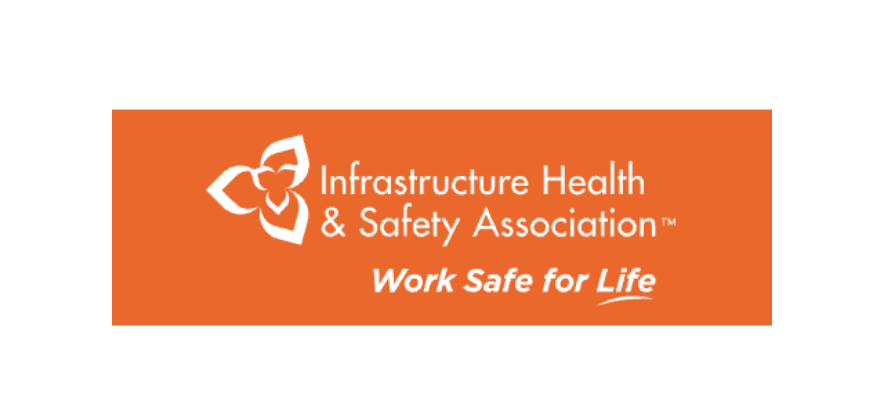
Cable Locating
Lorem ipsum
